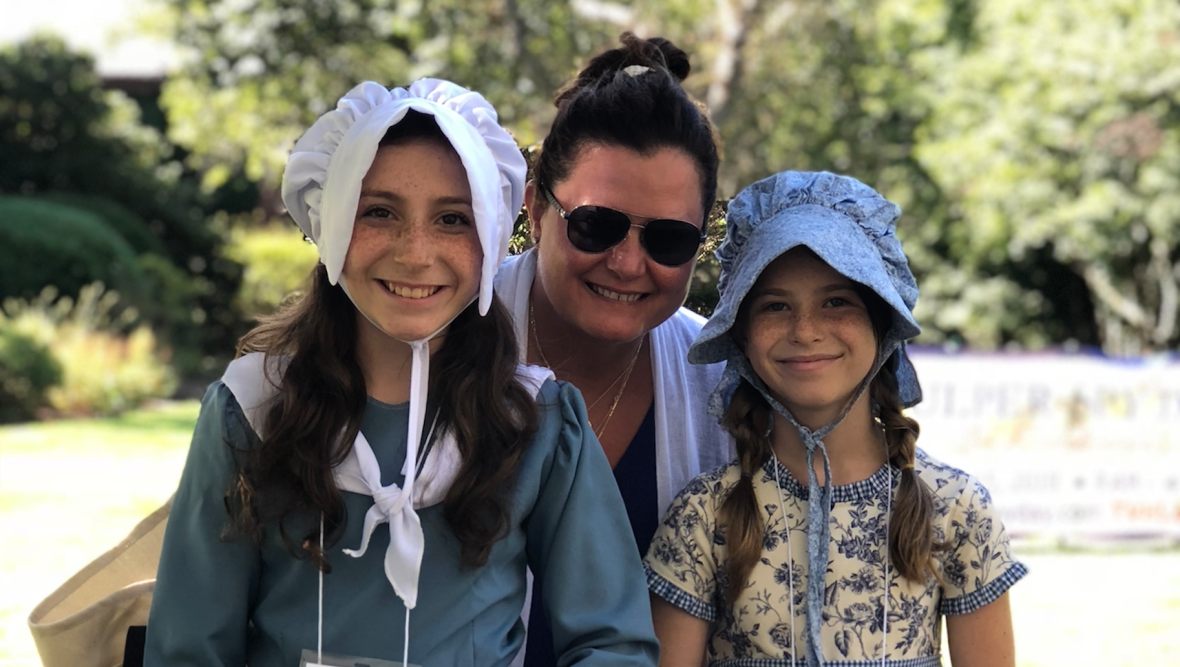In 1778, under the orders of General George Washington, a group of courageous patriots on Long Island established a spy network to gather intel on British troop movements. The Culper Spy Ring ultimately inspired the hit AMC series Turn: Washington’s Spies. Take a short ride on LIRR to walk in the footsteps of these brave heroes.
While the British army had taken over Long Island, quartering soldiers in the saltbox and Colonial-style timber frame homes scattered along the coast, they occupied many of the local churches and houses for military use. Operating right under their noses, the Culper spies risked their lives to gather crucial information. Our extensive knowledge of their activities has been carefully pieced together mostly from their letters, in their own words.
“These were ordinary men and women who really did extraordinary things,” says Margo Arceri, founder of Tri-Spy Tours in Setauket, which brings visitors to the sites on two-hour walking, kayak, or bicycle tours.
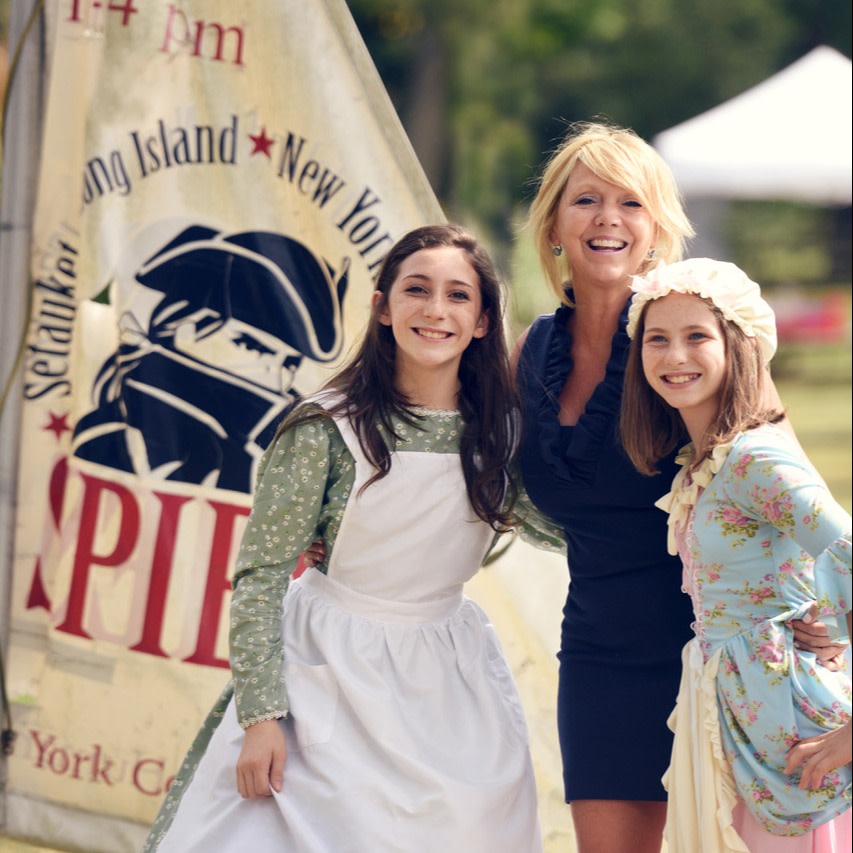
Today, espionage lovers can access the Revolutionary War-era homes and frequent the watering holes favored by the Culper Spy Ring via the Long Island Rail Road. Look out from where Culper members like Abraham Woodhull might have surveyed ships entering New York harbor or paddle the waters that whaleboat captain-turned-spy Caleb Brewster would row to deliver coded messages and letters written in invisible ink to contacts in Connecticut. And, of course, you also can pay tribute to some of these heroic people at their final resting places.
1. Setauket
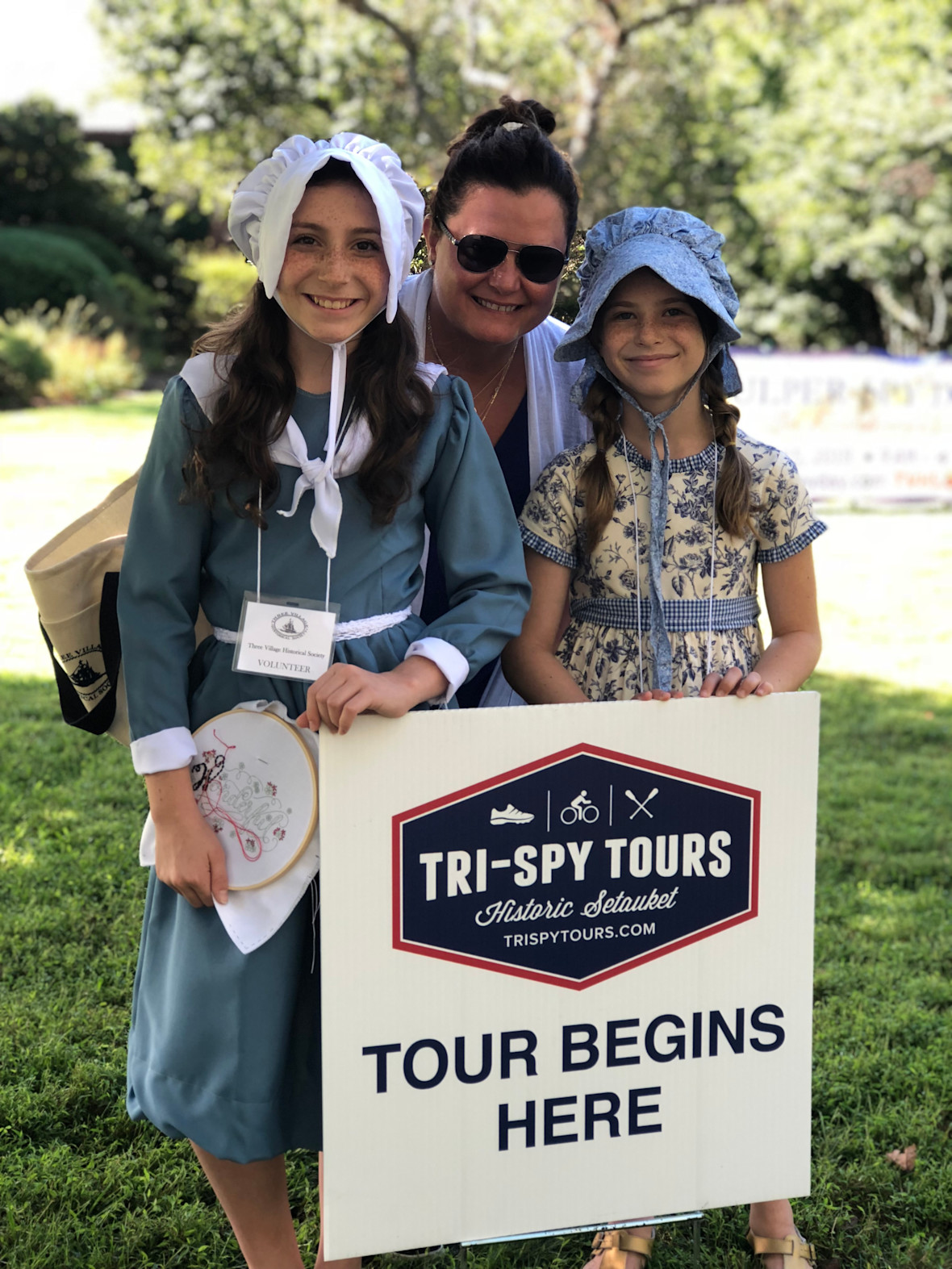
Three Village Historical Society, a 4-minute ride-share away from Stony Brook station, is home base for Revolutionary War history in this area. The Society aims to educate the public on the histories of Old Field, Poquott, the Setaukets, and Stony Brook, and hosts an interactive exhibit called Spies!, which, according to Society historian Bev Tyler, is based on the approximately 200 spy letters in Washington’s archive. There, you can try your hand at writing with invisible ink or decoding some of the letters.
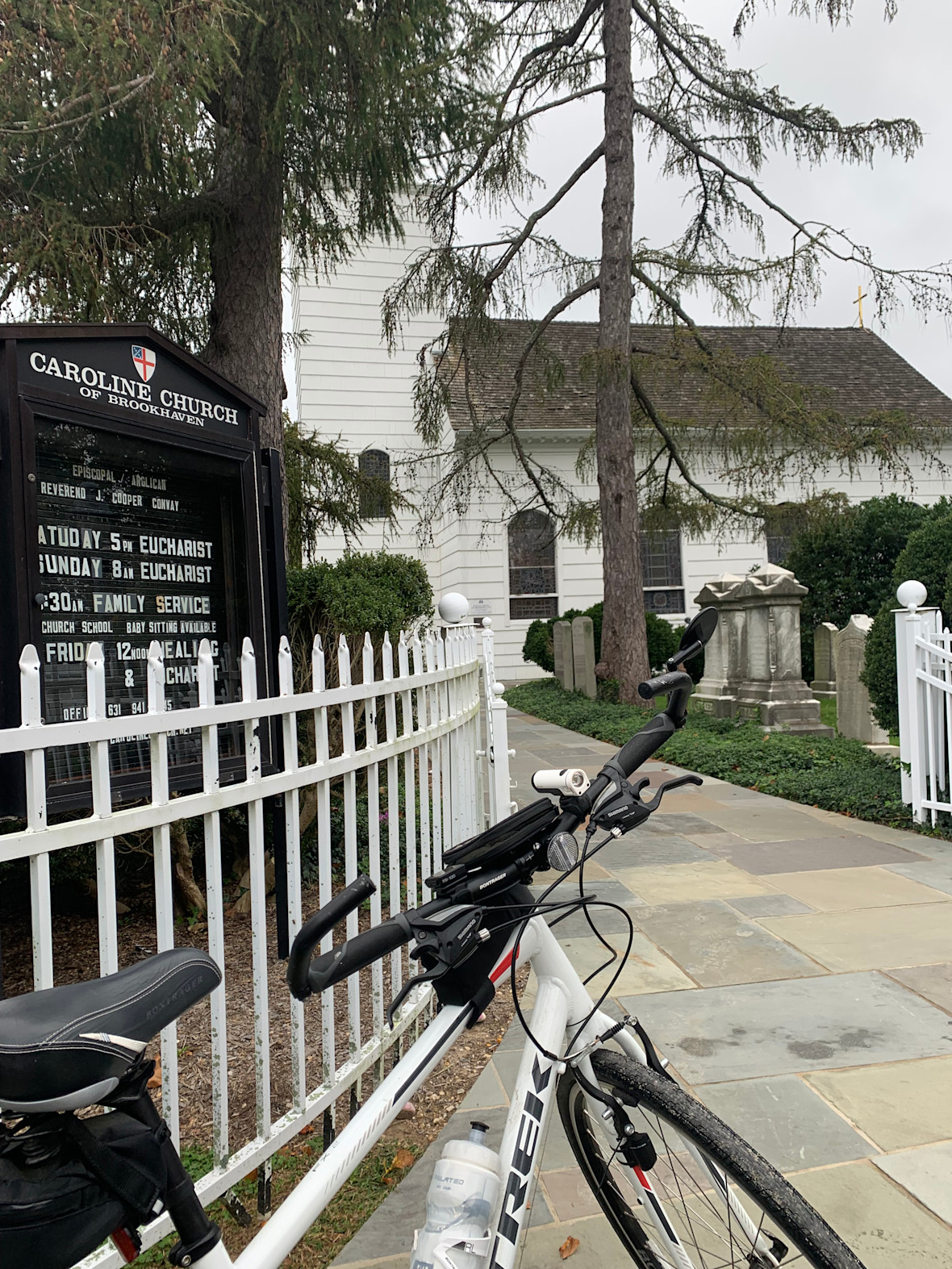
Scattered throughout the village, you’ll find historic landmarks including the Village Green, where the Battle of Setauket took place, and Patriots Rock, where Arceri says Patriot forces planned to mount their attack. You can step back in time by entering the Caroline Church of Brookhaven, the oldest continuously running Episcopal Church made of wood in the United States. It was built in 1729 and frequented by colonialists. The cemetery of the Setauket Presbyterian Church is where spy Abraham Woodhull is buried. In 1936, local history devotees built the monument that stands at his grave using bricks from his house, which burnt down in 1931. “It’s incredible that they did this,” explains Arceri. “Even almost 100 years ago people knew the significance of the Culper Spy Ring.”
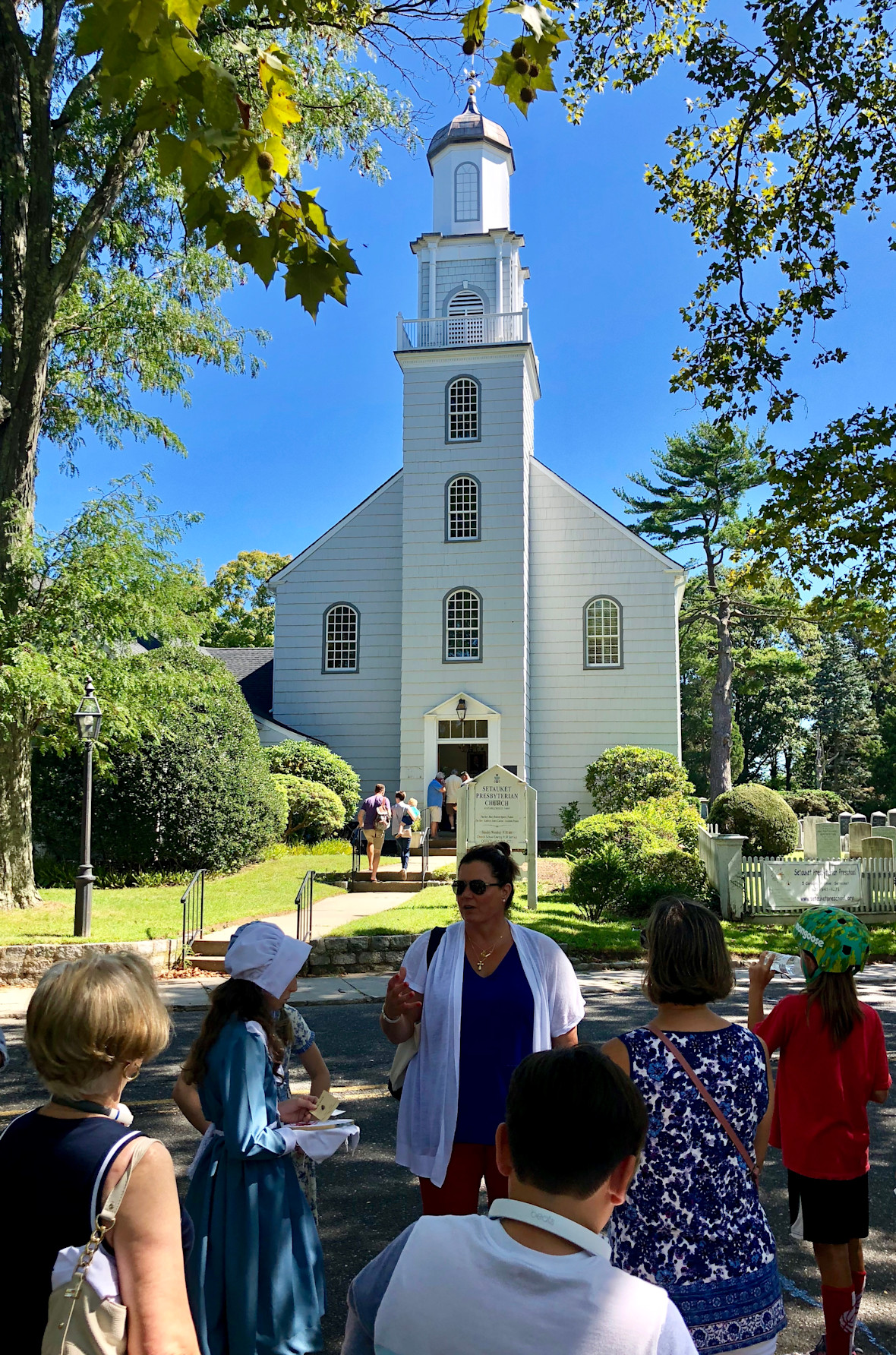
On one of Arceri’s kayak tours, you can paddle on Little Bay and into Setauket Harbor to see the flora and fauna of Long Island as Captain Brewster might have seen it, as well as get an idea of the distances he had to row to deliver messages. On her bike tours and kayak tours, you can also visit the private St. George’s Manor cemetery, where spy Anna Smith Strong is buried. As the story goes, even when Strong’s home was occupied by the British, she used a system of color-coded handkerchiefs and petticoats on a clothesline to communicate with other Culper members.
2. Oyster Bay
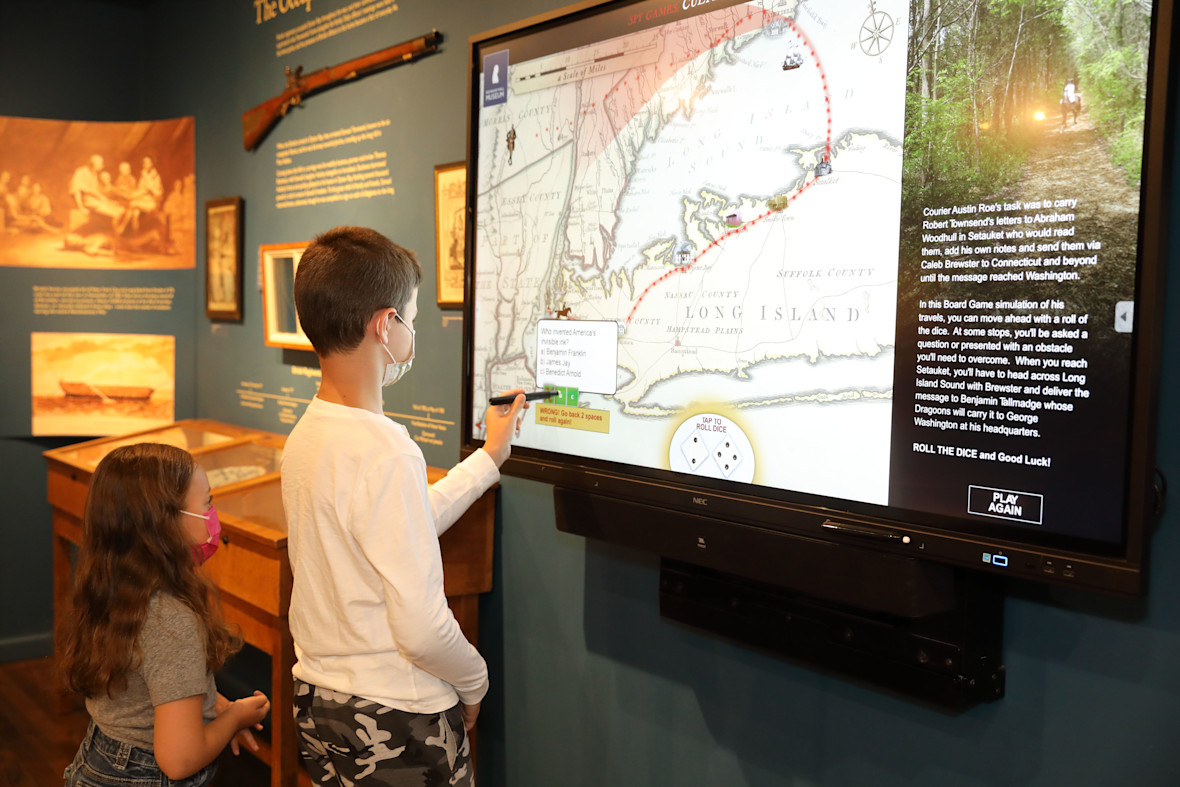
A 7-minute walk from Oyster Bay station stands Raynham Hall, home of Robert Townsend, a well-respected merchant and one of Washington’s trusted spies. According to historian Bev Tyler, Townsend used his cover as a well-respected merchant to survey British troop movements and send word to the General via courier. For a time during the war, the hall became the local headquarters of the British army, forcing Robert to operate as a spy even as the enemy occupied his family’s home.
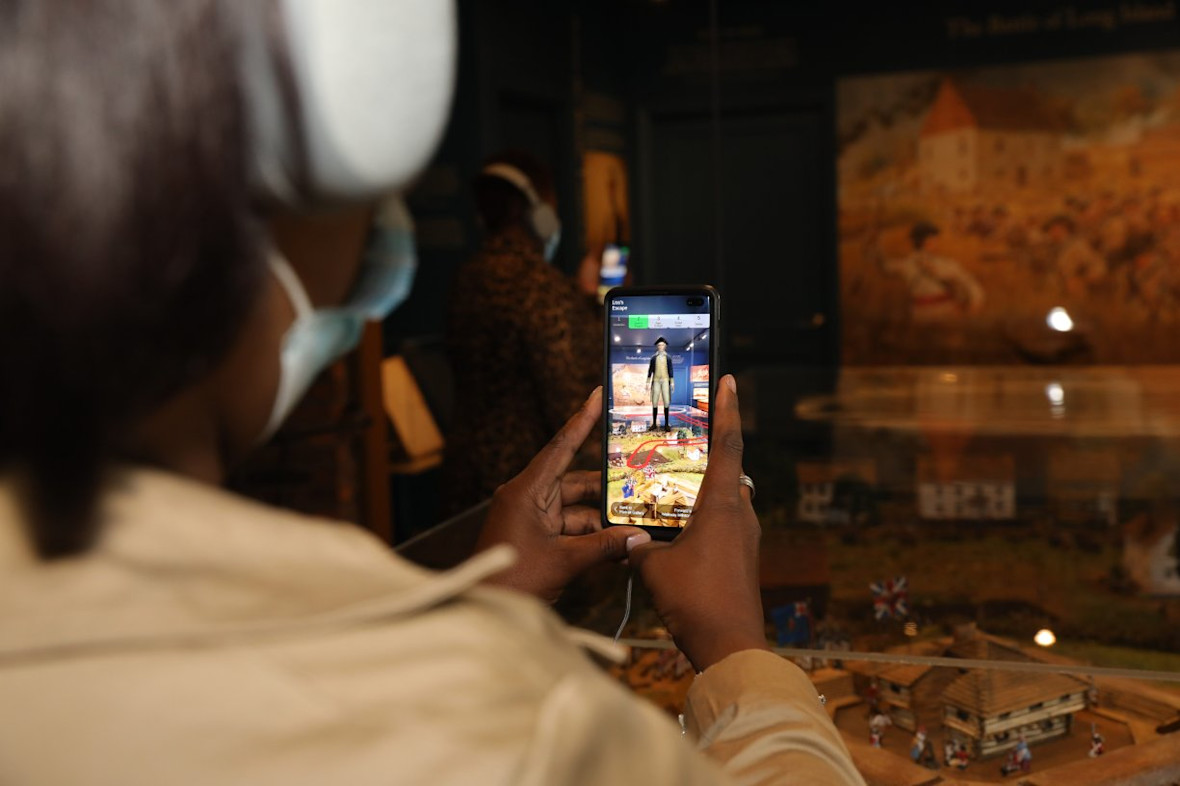
The house was restored to its original appearance in the early 1950s, and visitors will see it in all its colonial splendor. You can walk into the modest two-story frame house and stand next to Townsend’s beloved glass-fronted writing desk, where he would have penned his letters to Washington in invisible ink. Costumed guides share tales of Robert’s exploits and his brother Solomon’s wartime shipbuilding business.
3. Port Jefferson
Several local historians and activists saved the Drowned Meadow Cottage Museum, the Revolutionary War-era home of spy Phillips Roe, from demolition by moving it from its former location, which was slated for development. Today you can visit the tiny home—an actual surviving Revolutionary War-era structure—to see colonial clothing, furniture, and documents. The museum also details how Roe was an integral part of the Culper Spy Ring, shuttling letters between New York City and Washington’s army. The cottage also is home to an especially rare treasure: a letter from General Washington, who would soon become the nation’s first president, thanking the Culper Spy Ring for a job well done.

